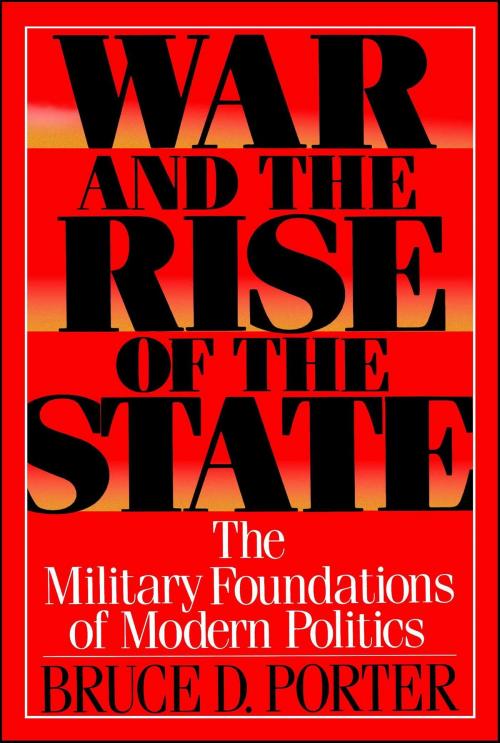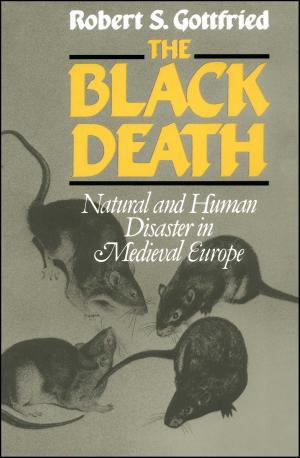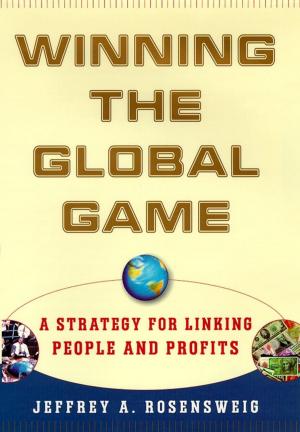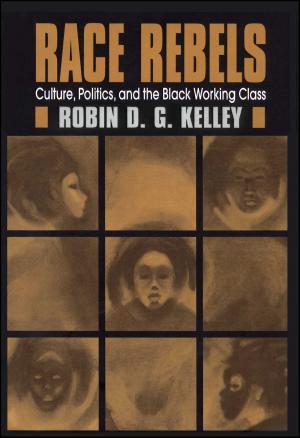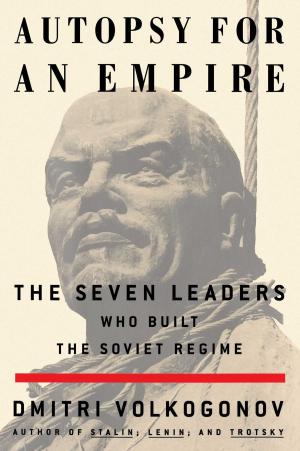| Author: | Bruce D. Porter | ISBN: | 9781439105481 |
| Publisher: | Free Press | Publication: | February 1, 2002 |
| Imprint: | Free Press | Language: | English |
| Author: | Bruce D. Porter |
| ISBN: | 9781439105481 |
| Publisher: | Free Press |
| Publication: | February 1, 2002 |
| Imprint: | Free Press |
| Language: | English |
States make war, but war also makes states.
As Publishers Weekly notes, “Porter, a political scientist at Brigham Young University, demonstrates that wars have been catalysts for increasing the size and power of Western governments since the Renaissance. The state’s monopoly of effective violence has diminished not only individual rights and liberties, but also the ability of local communities and private associates to challenge the centralization of authority. Porter’s originality lies in his thesis that war, breaking down barriers of class, gender, ethnicity, and ideology, also contributes to meritocracy, mobility, and, above all, democratization. Porter also posits the emergence of the “Scientific Warfare State,” a political system in which advanced technology would render obsolete mass participation in war. This provocative study merits wide circulation and serious discussion.”
States make war, but war also makes states.
As Publishers Weekly notes, “Porter, a political scientist at Brigham Young University, demonstrates that wars have been catalysts for increasing the size and power of Western governments since the Renaissance. The state’s monopoly of effective violence has diminished not only individual rights and liberties, but also the ability of local communities and private associates to challenge the centralization of authority. Porter’s originality lies in his thesis that war, breaking down barriers of class, gender, ethnicity, and ideology, also contributes to meritocracy, mobility, and, above all, democratization. Porter also posits the emergence of the “Scientific Warfare State,” a political system in which advanced technology would render obsolete mass participation in war. This provocative study merits wide circulation and serious discussion.”
